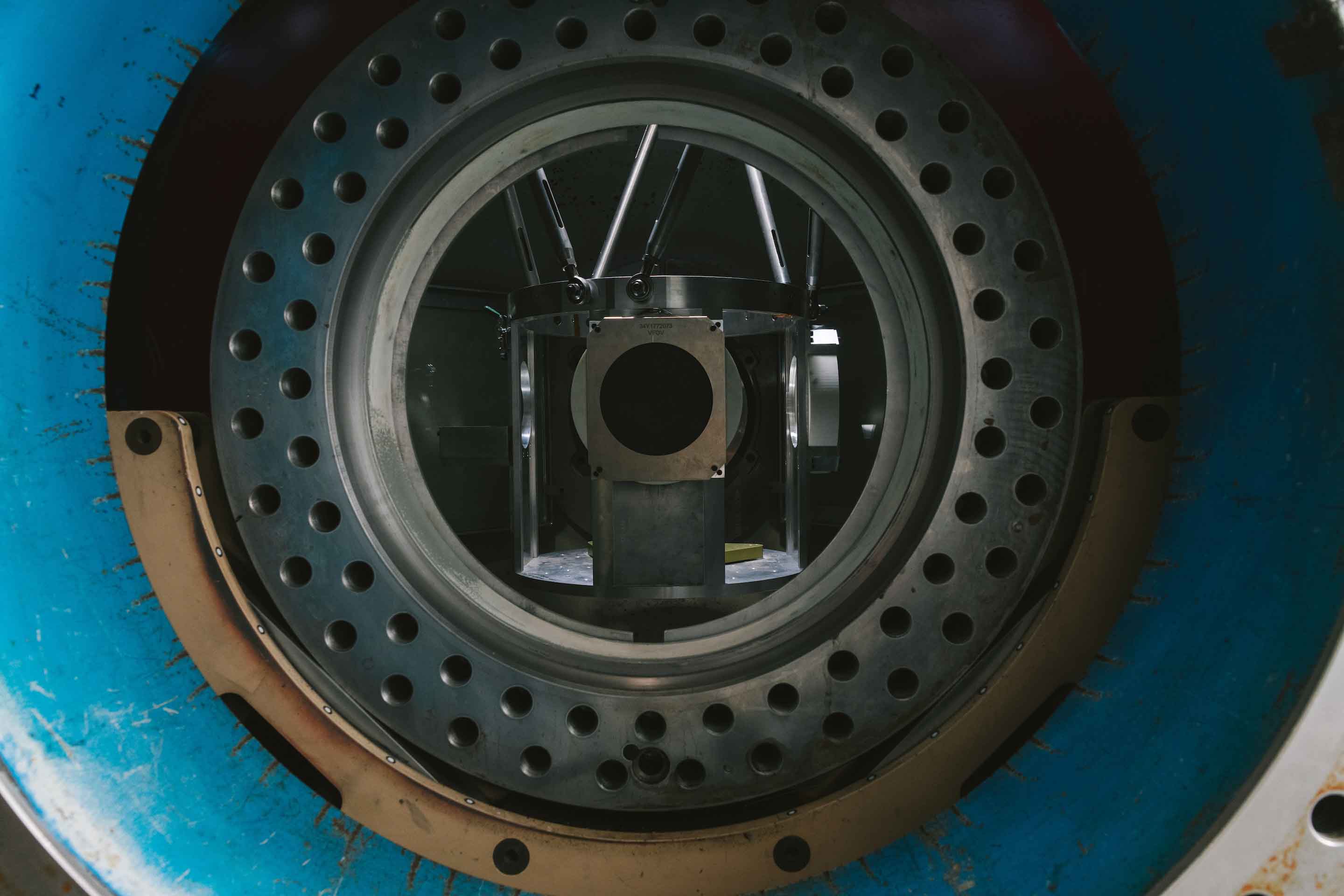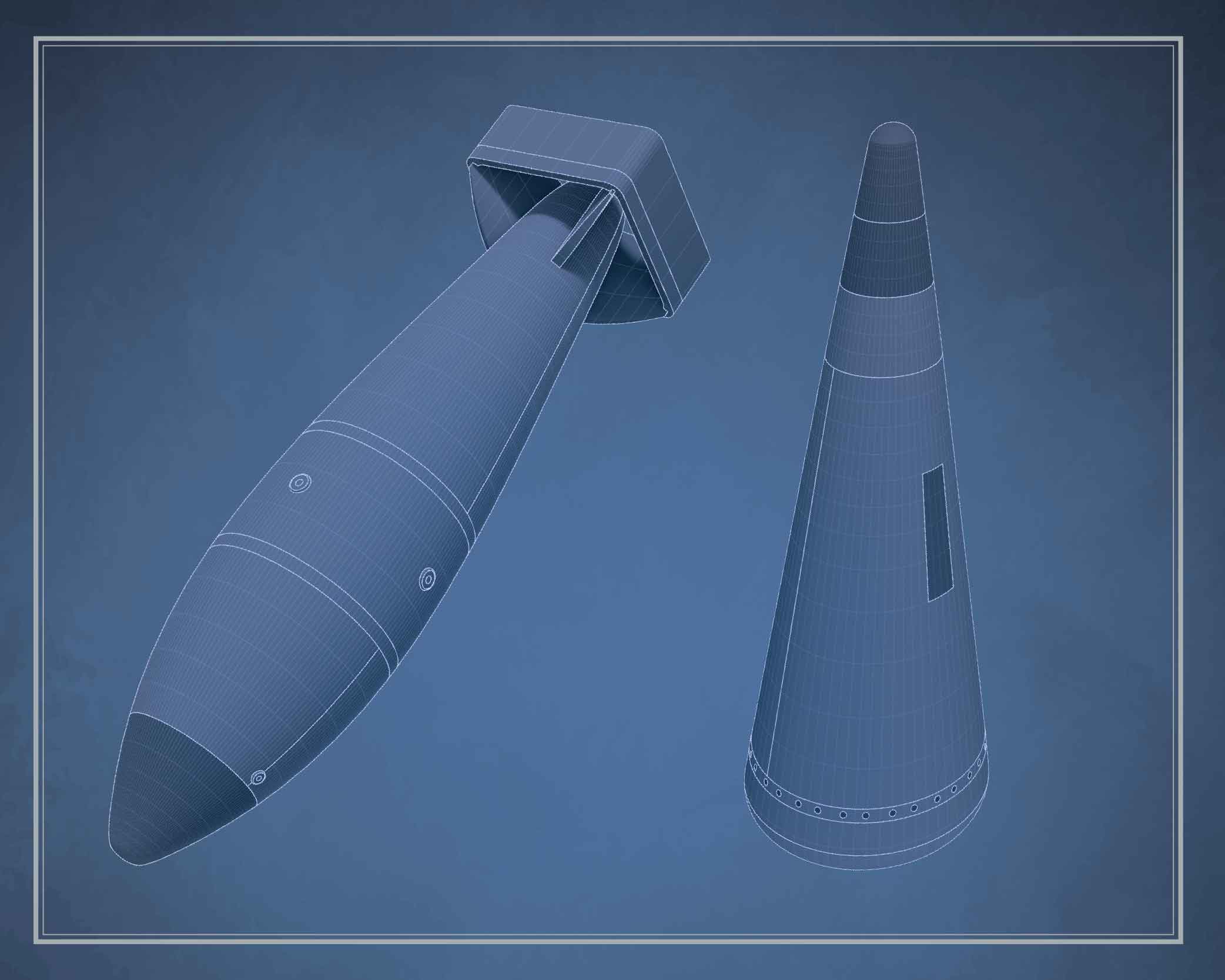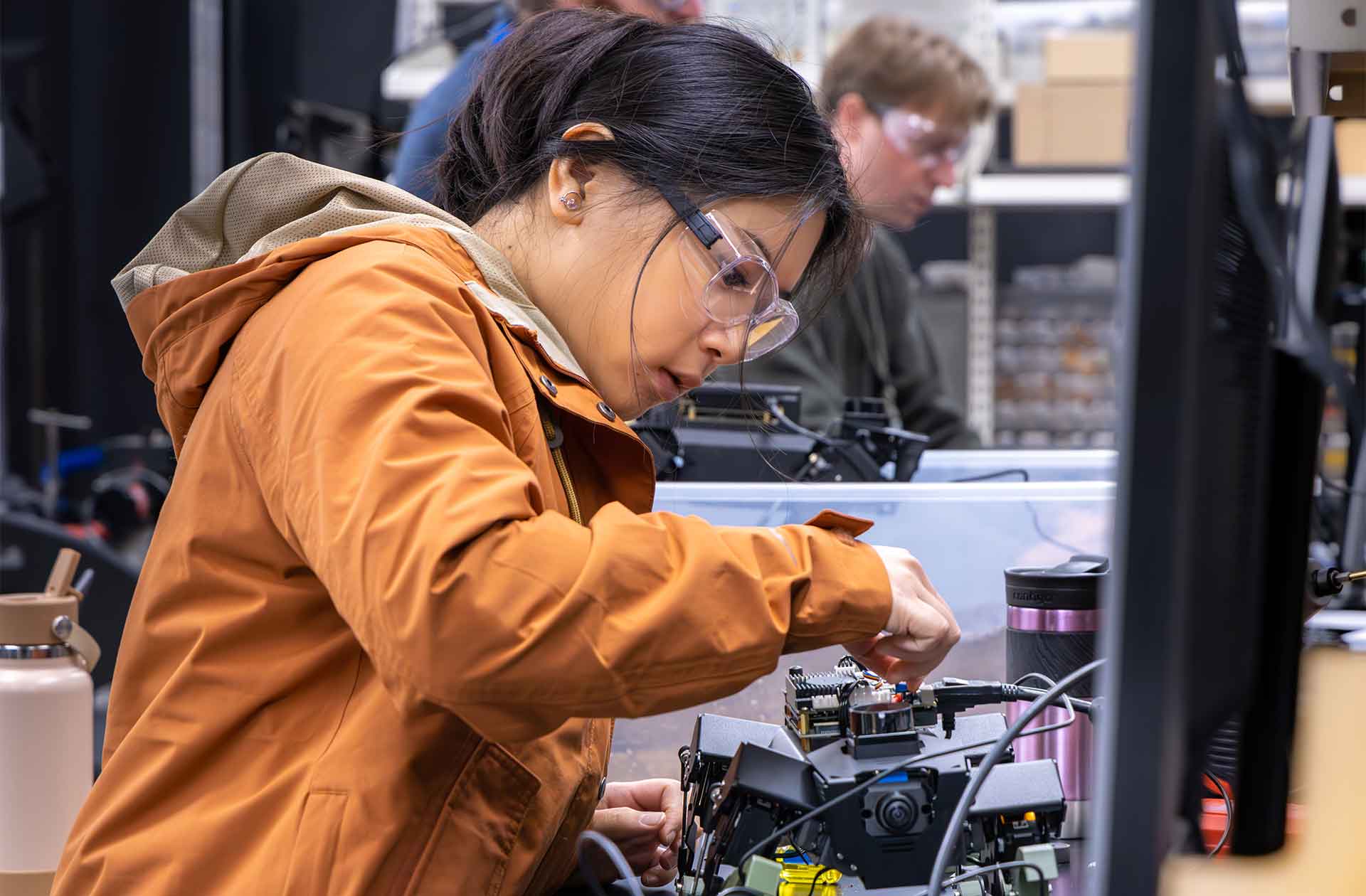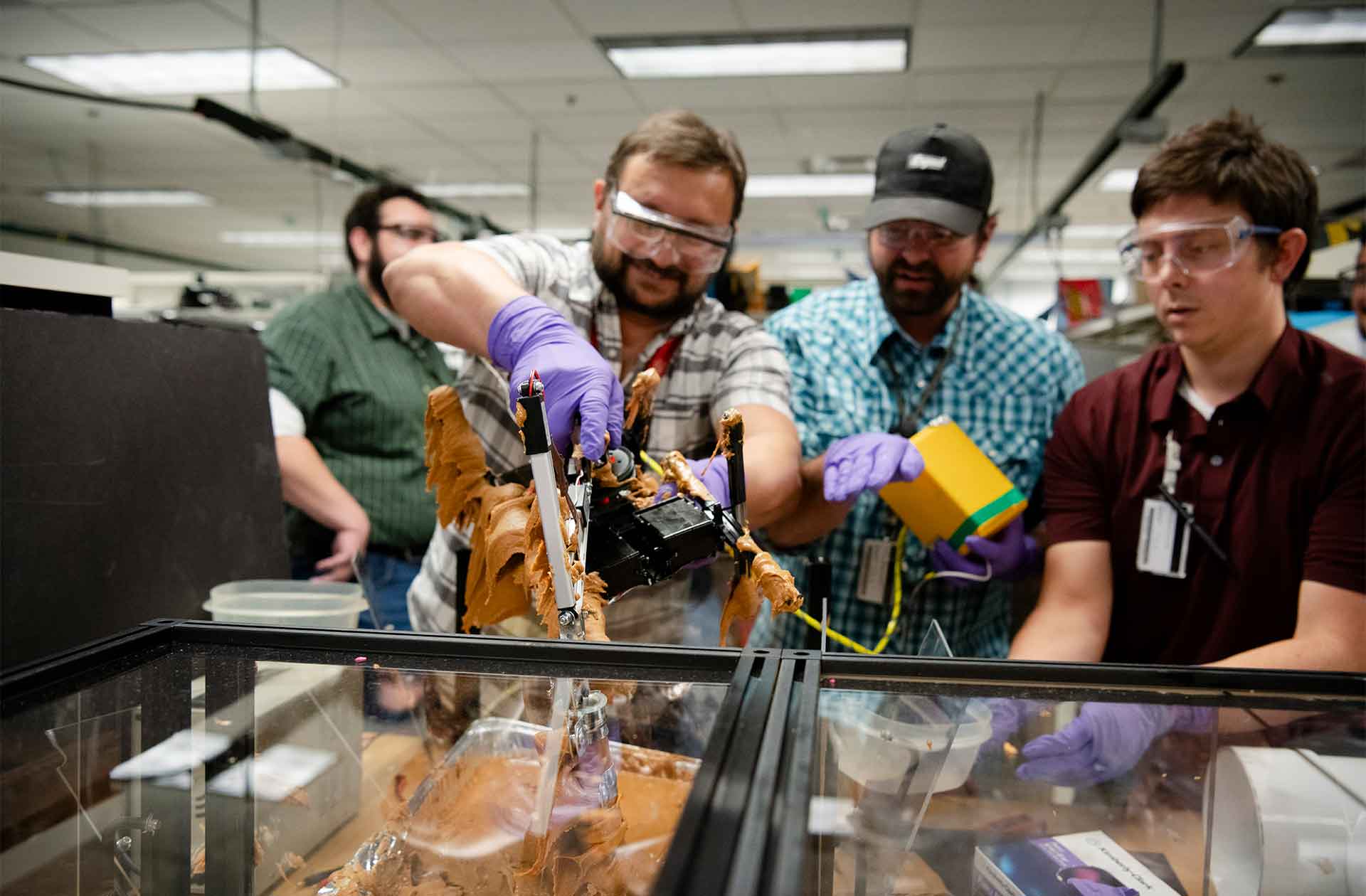Computer scientist Neale Pickett
Defending against the dark art of computer hacking.
- Cristina Olds, Communications Specialist for the National Security Research Center

Neale Pickett is the literal poster boy for cybersecurity at Los Alamos National Laboratory. On a flyer advertising a lecture about “defending yourself from the dark forces of the internet,” Pickett was illustrated as a superhero in body armor, wielding a sword and shield, to represent his role as a champion cybercrime fighter.
Much of Pickett’s work focuses on cybercrime, which he describes as a “cheaper, more covert way to disrupt a government than previous types of espionage.”
Cybercrime is any criminal activity involving a computer or the internet. For example, a bad guy might send phishing emails with an attachment carrying a virus that, if opened, infects computer software and even hardware. Or worse, the virus may allow the bad guy to access information on a computer or its servers.
Nefarious characters keep coming up with new challenges. Part of Pickett’s job is training the good guys to be ready for anything. For the 10th year, Cyber Fire, a cybersecurity training program Pickett developed, will teach students hands-on techniques for dealing with cyberattacks. In 2019, four sessions of Cyber Fire courses will be held to meet increased training demands.
“We’re developing a sense of teamwork by bringing together students from national laboratories, the military, the aerospace industry, U.S. government agencies, and even other governments,” Pickett says. “ The bad guys are working in concert, so the defenders need to work in concert as well.”
Pickett’s Cyber Fire course, “Network Archaeology,” teaches analysts how to dig up and decipher digital evidence. “In archaeology, you don’t have manuals, just artifacts. If people stumble across a CD 300 years from now, they may wonder what we did with this technology, and they’ll have to figure out how they can access its data. That’s what we’re doing now: teaching techniques for deciphering other languages.”
Pickett also teaches middle school and high school students, showing them how to systematically analyze a computer’s defenses and vulnerabilities and how to think like the hackers they need to defend against.
Cybersecurity requires fundamental information technology skills such as systems design and computer architecture, as well as an understanding of programming languages for writing and deciphering code. Creativity is also an essential skill. “Computer programming is an inherently creative endeavor,” Pickett explains. “At Cyber Fire, we’re giving people an environment where creative thinking yields results, often wildly different results from one student to the next.” ★








